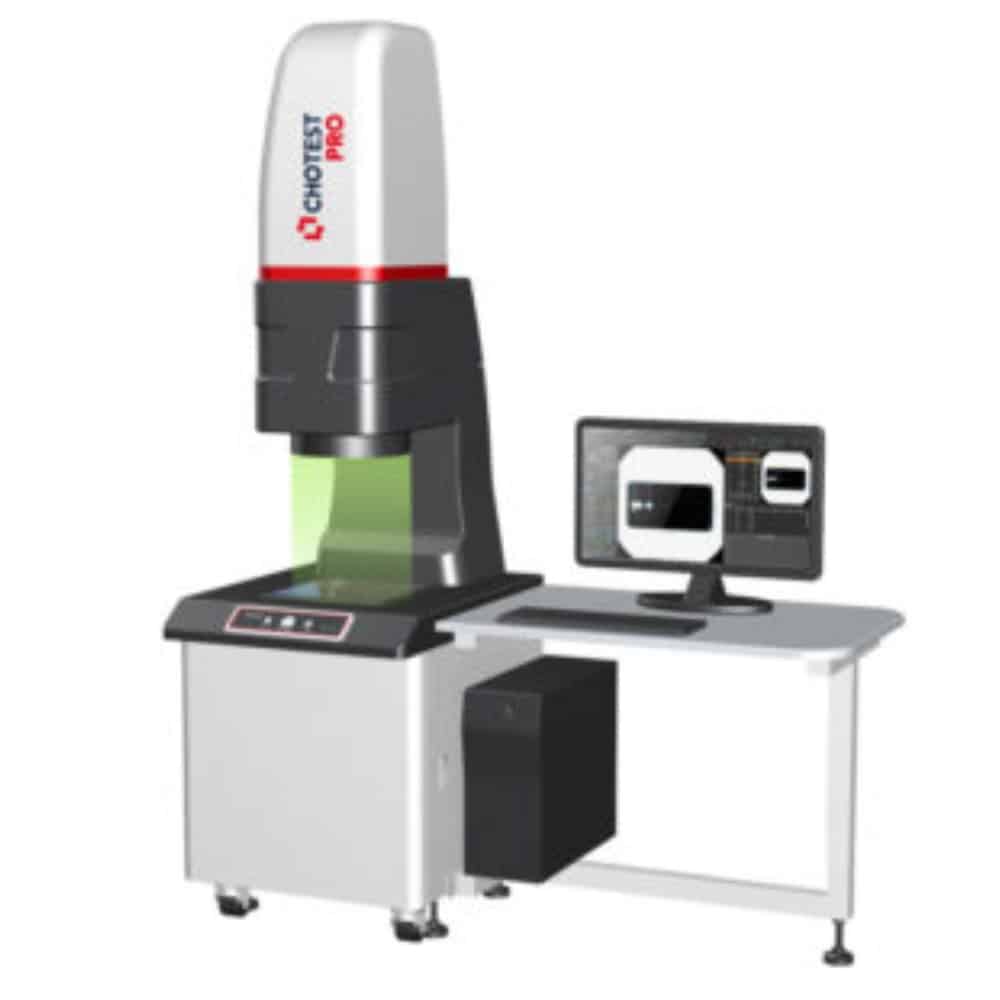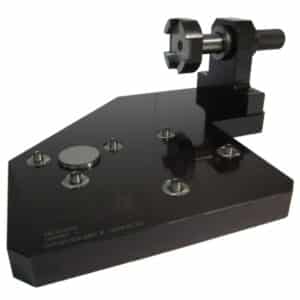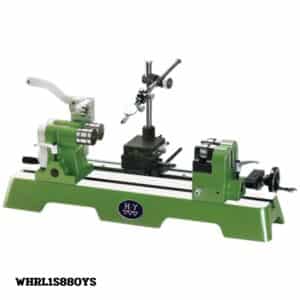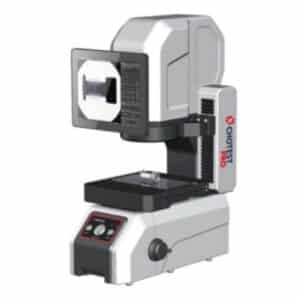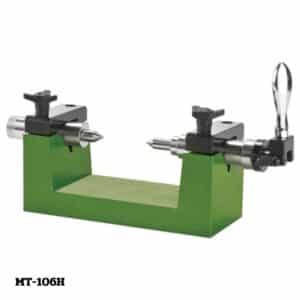Vision Measuring Machine (VMM): Precision Measurement for the Digital Age
Vision Measuring Machine often abbreviated as VMMs, are advanced metrology devices that employ optical and imaging technology to perform high-precision measurements and inspections of various components and parts. These machines have gained prominence in industries where accuracy, quality, and compliance with strict specifications are paramount. In this comprehensive guide, we will delve into the world of Vision Measuring Machines, their working principles, applications, advantages, and their indispensable role in modern manufacturing and quality control processes.
Introduction to Vision Measuring Machines
In today’s manufacturing landscape, precise measurement and quality control are essential. Products and components used in industries such as aerospace, automotive, medical, electronics, and precision engineering require meticulous measurements to ensure functionality and safety. Vision Measuring Machines are pivotal instruments in meeting these rigorous measurement requirements.
A Vision Measuring Machine is a non-contact measurement system that relies on optical imaging to capture high-resolution images of the part under inspection. These images are analyzed by powerful measurement software to determine various parameters, including dimensions, angles, positions, and complex geometric characteristics. The key components of a VMM typically include high-quality cameras, advanced lighting systems, and sophisticated software for analysis.
Working Principles of Vision Measuring Machines
The fundamental working principles of VMMs can be summarized as follows:
- Image Capture: The process commences with the capture of high-resolution images of the part or component under inspection. VMMs are equipped with cameras that can magnify and capture even the smallest details.
- Illumination: Proper lighting is crucial to highlight features and contours on the part. VMMs often feature programmable LED lighting to enhance image quality and create optimal contrast.
- Image Processing: Captured images are converted into digital data. These images are then analyzed by specialized software that can perform a range of measurements, including distances, angles, diameters, and complex geometric features.
- Analysis and Reporting: VMM software interprets the captured images to extract measurement data, enabling the generation of detailed reports. These reports often include visual representations of the part with annotated measurements.
Advantages of Vision Measuring Machines
VMMs offer several key advantages that have made them integral to modern manufacturing and quality control:
- High Precision: Vision Measuring Machines are capable of providing measurements with exceptional precision, often in the sub-micron range. This level of accuracy is indispensable for industries with stringent quality requirements.
- Non-Contact Measurement: As VMMs do not physically touch the part, there is no risk of damaging delicate or sensitive components during measurement.
- Speed and Efficiency: VMMs can quickly capture and analyze data, leading to faster inspection and measurement processes, which can reduce production time and costs.
- Complex Geometry Measurement: VMMs excel at measuring intricate 3D shapes and irregular geometries that are challenging for traditional measurement tools.
- Data Storage and Traceability: Many VMMs have data storage capabilities, allowing manufacturers to maintain a record of measurements for traceability and quality control purposes.
- Easy Programming and Automation: VMMs can be programmed to perform measurements automatically, making them well-suited for high-throughput manufacturing environments.
Applications of Vision Measuring Machines
Vision Measuring Machines find applications in various industries and fields, including:
- Automotive: VMMs are used to measure engine components, precision parts, and critical components to ensure compliance with specifications.
- Aerospace: In the aerospace industry, where safety is paramount, VMMs play a crucial role in measuring and verifying the precision of components used in aircraft and spacecraft.
- Medical Devices: VMMs help ensure the accuracy and reliability of medical device components, including implants, prosthetics, and precision instruments.
- Electronics: VMMs are used for measuring and inspecting circuit boards, connectors, and microelectronic components.
- Research and Development: VMMs are employed in research and development laboratories for the precise measurement of experimental components and prototypes.
- General Manufacturing: They are used in various manufacturing processes, from quality control of consumer products to ensuring precision in the production of industrial machinery.
Future Trends in Vision Measuring Machines
As technology continues to advance, VMMs are expected to evolve in the following ways:
- Integration with Industry 4.0: VMMs are likely to become an integral part of smart factories, with data seamlessly integrated into the production process, enabling real-time decision-making and process optimization.
- Artificial Intelligence (AI): AI-driven software for VMMs will enhance the ability to recognize and adapt to different measurement scenarios, provide more sophisticated analysis, and even offer predictive maintenance capabilities.
- Portable and Handheld VMMs: These will become more prevalent, allowing for on-site measurements and inspections in diverse settings.
- Enhanced User Interfaces: VMM software interfaces will become more intuitive and user-friendly, making it easier for operators to set up measurements and interpret results.
- Enhanced Data Management: Better integration with data management systems will ensure that measurement data is seamlessly stored and analyzed for trends and process improvements.
In conclusion, Vision Measuring Machines have become indispensable tools in manufacturing and quality control processes, ensuring the precision and reliability of components and products across various industries. As technology continues to advance, these machines will play a critical role in the pursuit of higher accuracy, efficiency, and automation in modern manufacturing environments. Their ability to provide non-contact, high-precision measurements makes them a cornerstone of quality assurance and compliance in the digital age.

